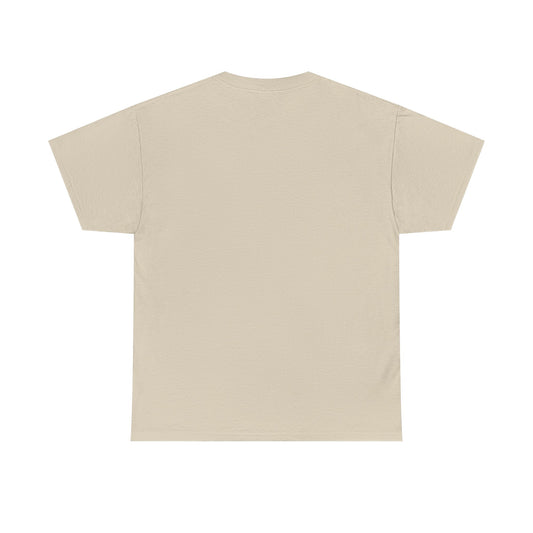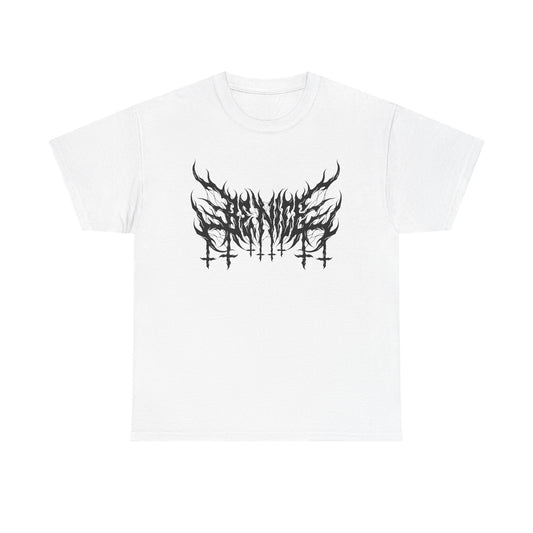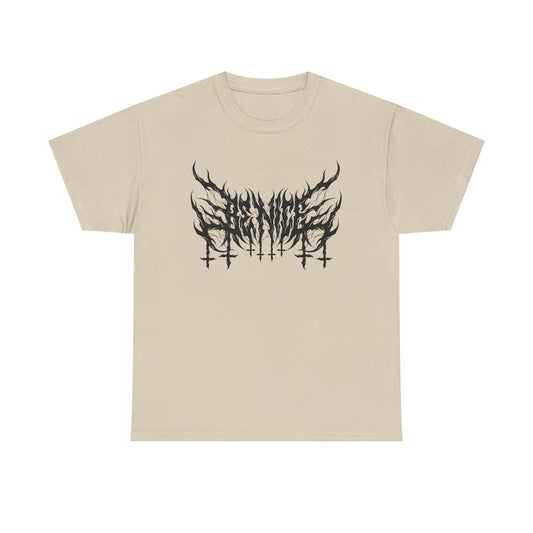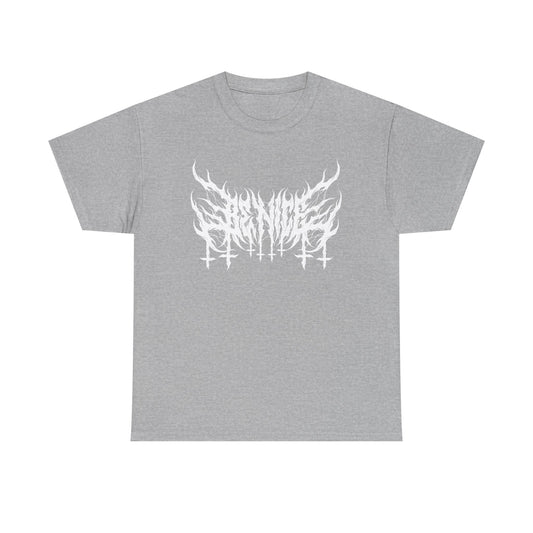Featured Merchandise
-
YES, THEY ARE PIERCED Unisex Tee
Regular price $25.00 USDRegular priceUnit price per -
YES, THEY ARE PIERCED Unisex Tee
Regular price $25.00 USDRegular priceUnit price per -
“Be Nice” T-Shirt
Regular price $25.00 USDRegular priceUnit price per -
“Be Nice” Unisex Tee
Regular price $25.00 USDRegular priceUnit price per







